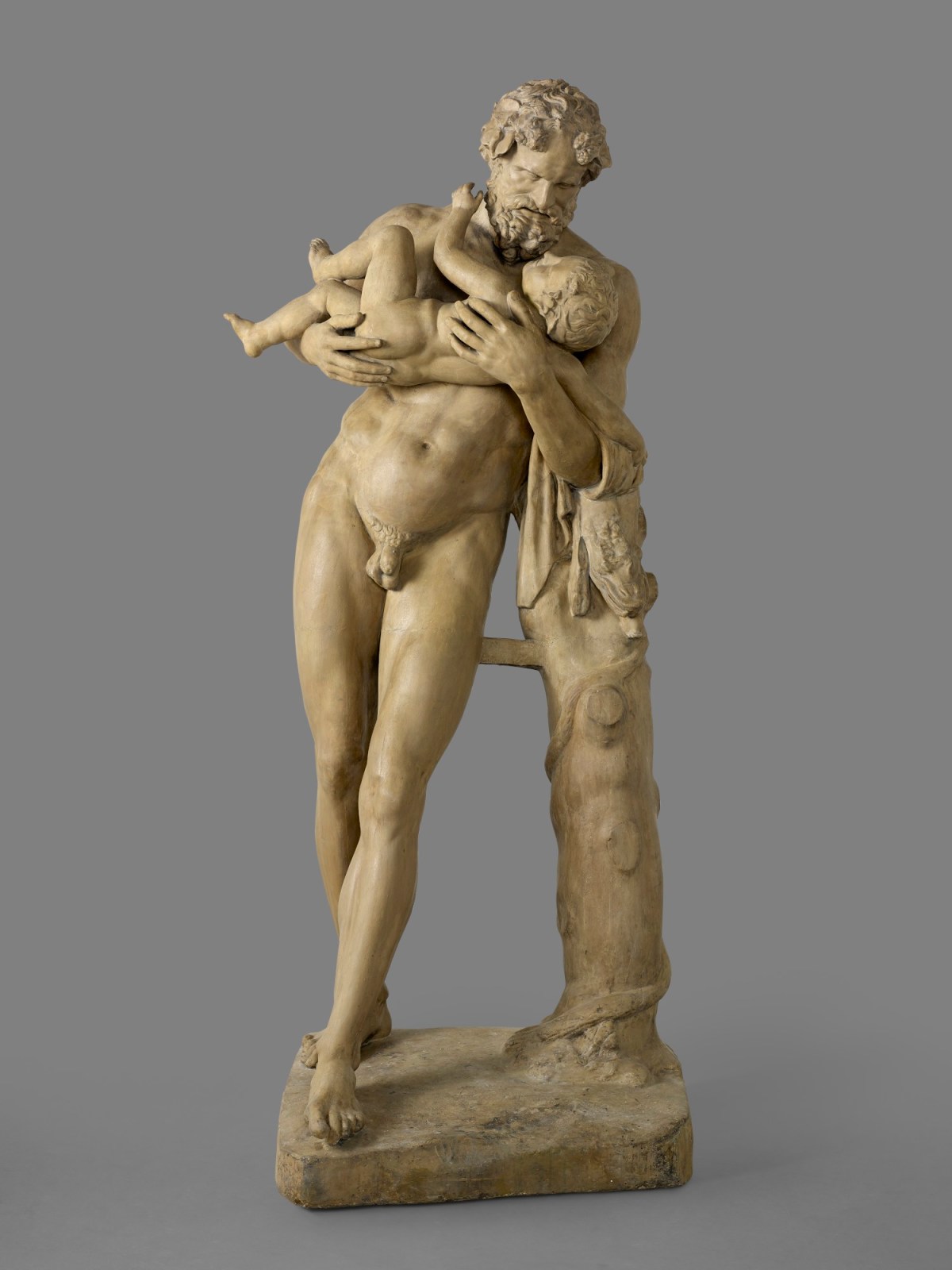
Unidentified Roman sculptor, Cast of Silenus with the Infant Bacchus, c.1800.
Plaster cast. 2007 mm x 907 mm x 870 mm, Weight: 202 kg. © Photo: Royal Academy of Arts, London.
This image is not available to download. To licence this image for commercial purposes, contact our Picture Library at picturelibrary@royalacademy.org.uk
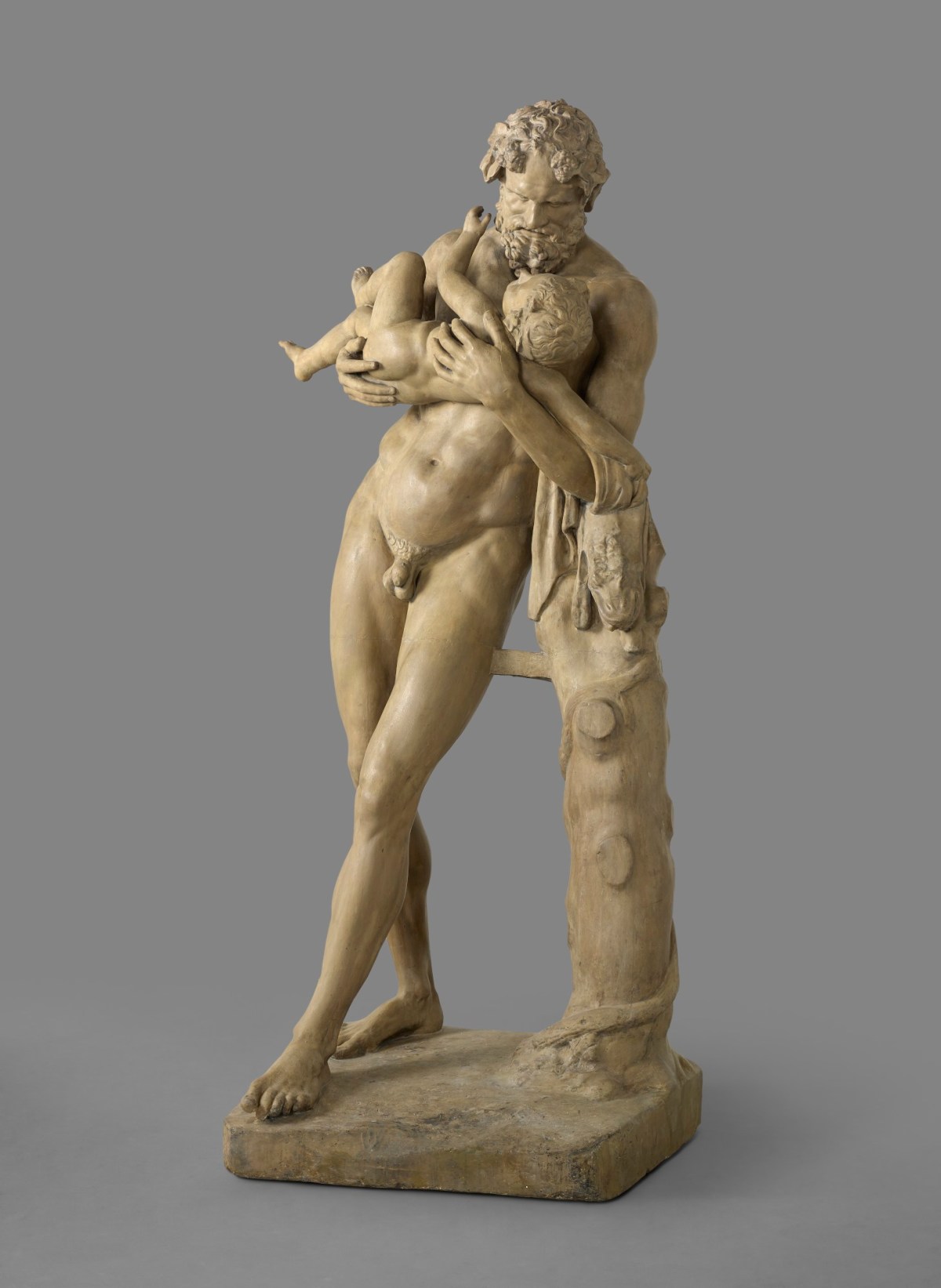
Unidentified Roman sculptor, Cast of Silenus with the Infant Bacchus, c.1800.
Plaster cast. 2007 mm x 907 mm x 870 mm, Weight: 202 kg. © Photo: Royal Academy of Arts, London.
This image is not available to download. To licence this image for commercial purposes, contact our Picture Library at picturelibrary@royalacademy.org.uk
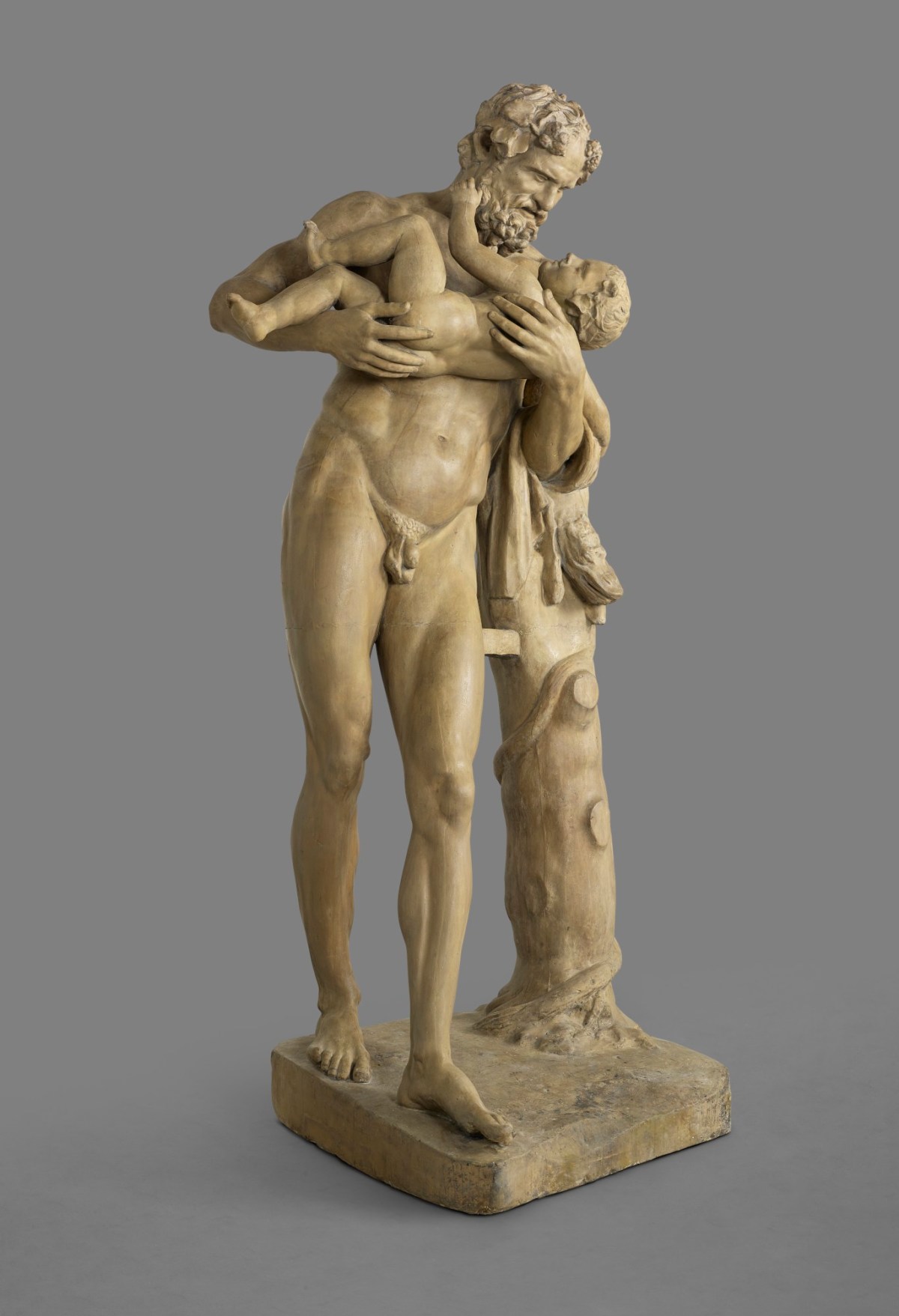
Unidentified Roman sculptor, Cast of Silenus with the Infant Bacchus, c.1800.
Plaster cast. 2007 mm x 907 mm x 870 mm, Weight: 202 kg. © Photo: Royal Academy of Arts, London.
This image is not available to download. To licence this image for commercial purposes, contact our Picture Library at picturelibrary@royalacademy.org.uk

Unidentified Roman sculptor, Cast of Silenus with the Infant Bacchus, c.1800.
Plaster cast. 2007 mm x 907 mm x 870 mm, Weight: 202 kg. © Photo: Royal Academy of Arts, London.
This image is not available to download. To licence this image for commercial purposes, contact our Picture Library at picturelibrary@royalacademy.org.uk

Unidentified Roman sculptor, Cast of Silenus with the Infant Bacchus, c.1800.
Plaster cast. 2007 mm x 907 mm x 870 mm, Weight: 202 kg. © Photo: Royal Academy of Arts, London.
This image is not available to download. To licence this image for commercial purposes, contact our Picture Library at picturelibrary@royalacademy.org.uk
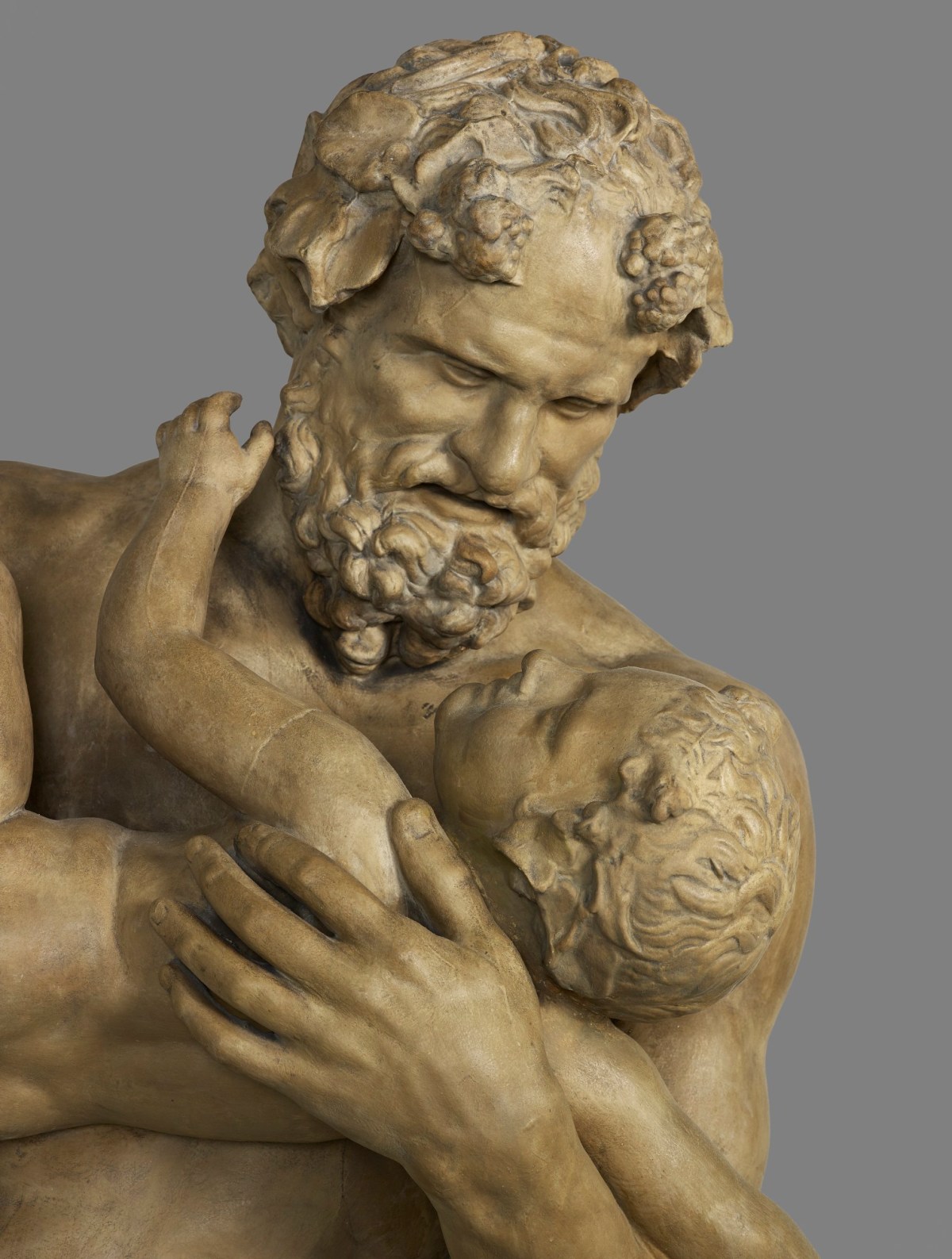
Unidentified Roman sculptor, Cast of Silenus with the Infant Bacchus, c.1800.
Plaster cast. 2007 mm x 907 mm x 870 mm, Weight: 202 kg. © Photo: Royal Academy of Arts, London.
This image is not available to download. To licence this image for commercial purposes, contact our Picture Library at picturelibrary@royalacademy.org.uk
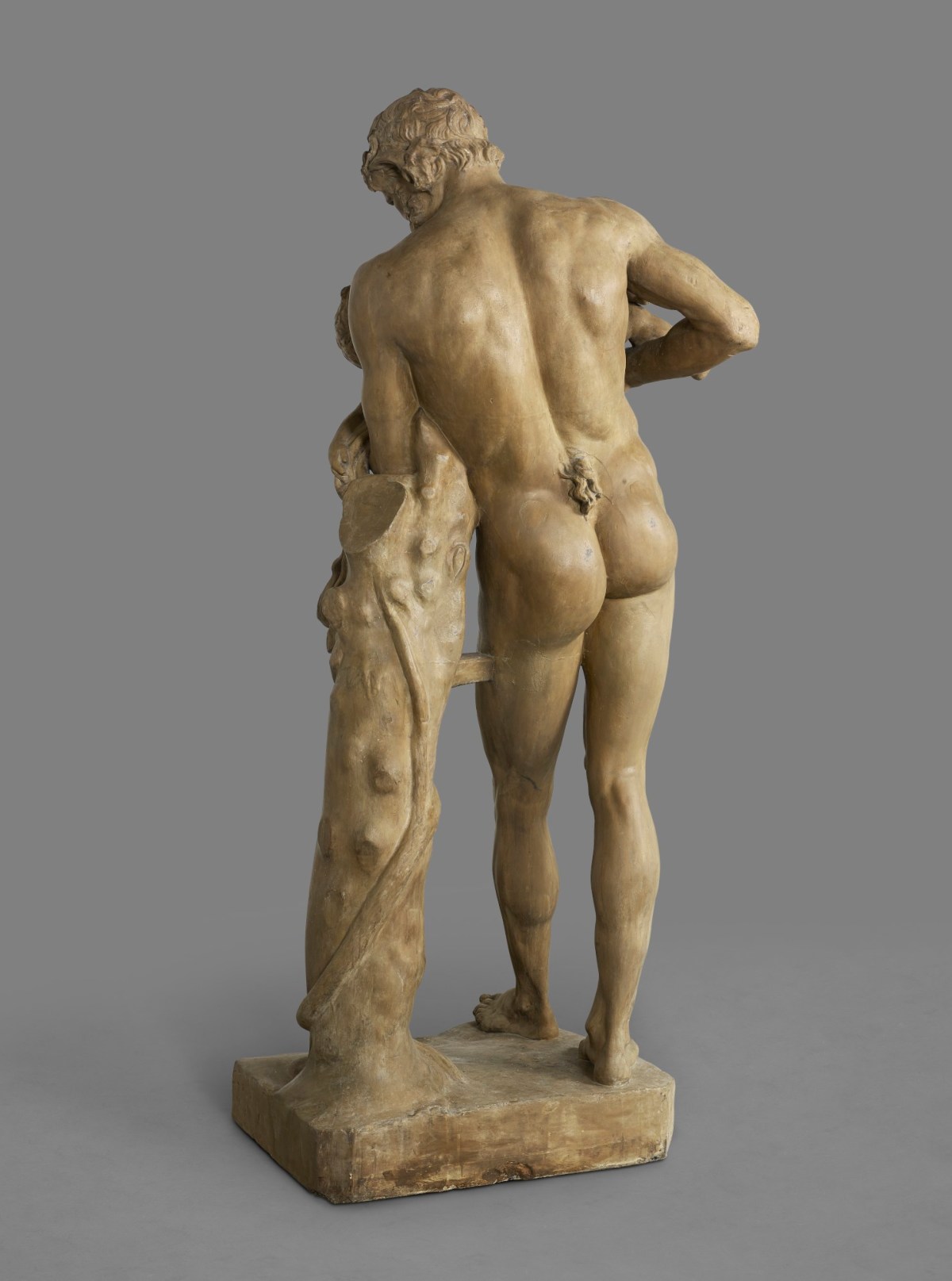
Unidentified Roman sculptor, Cast of Silenus with the Infant Bacchus, c.1800.
Plaster cast. 2007 mm x 907 mm x 870 mm, Weight: 202 kg. © Photo: Royal Academy of Arts, London.
This image is not available to download. To licence this image for commercial purposes, contact our Picture Library at picturelibrary@royalacademy.org.uk
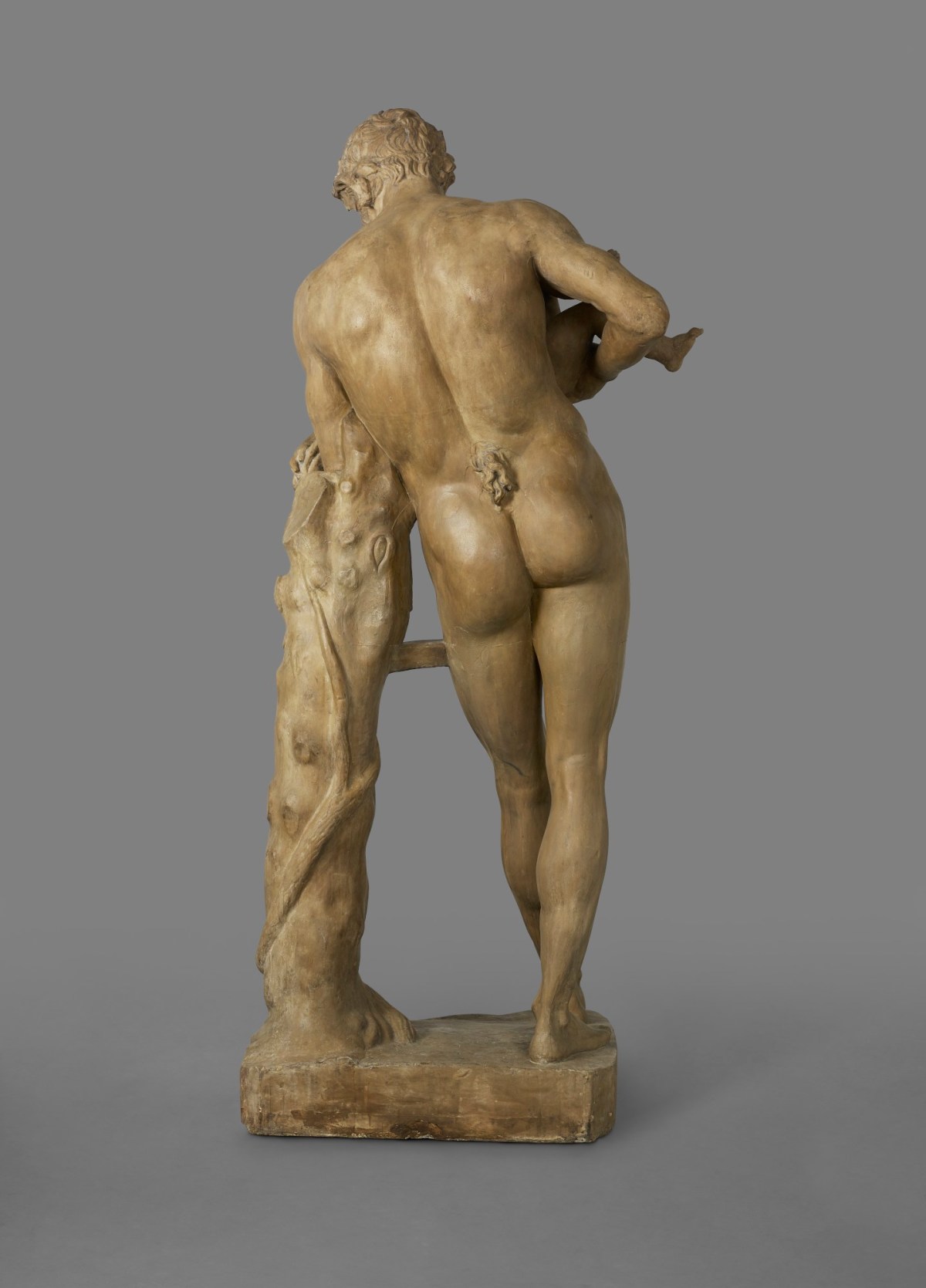
Unidentified Roman sculptor, Cast of Silenus with the Infant Bacchus, c.1800.
Plaster cast. 2007 mm x 907 mm x 870 mm, Weight: 202 kg. © Photo: Royal Academy of Arts, London.
This image is not available to download. To licence this image for commercial purposes, contact our Picture Library at picturelibrary@royalacademy.org.uk
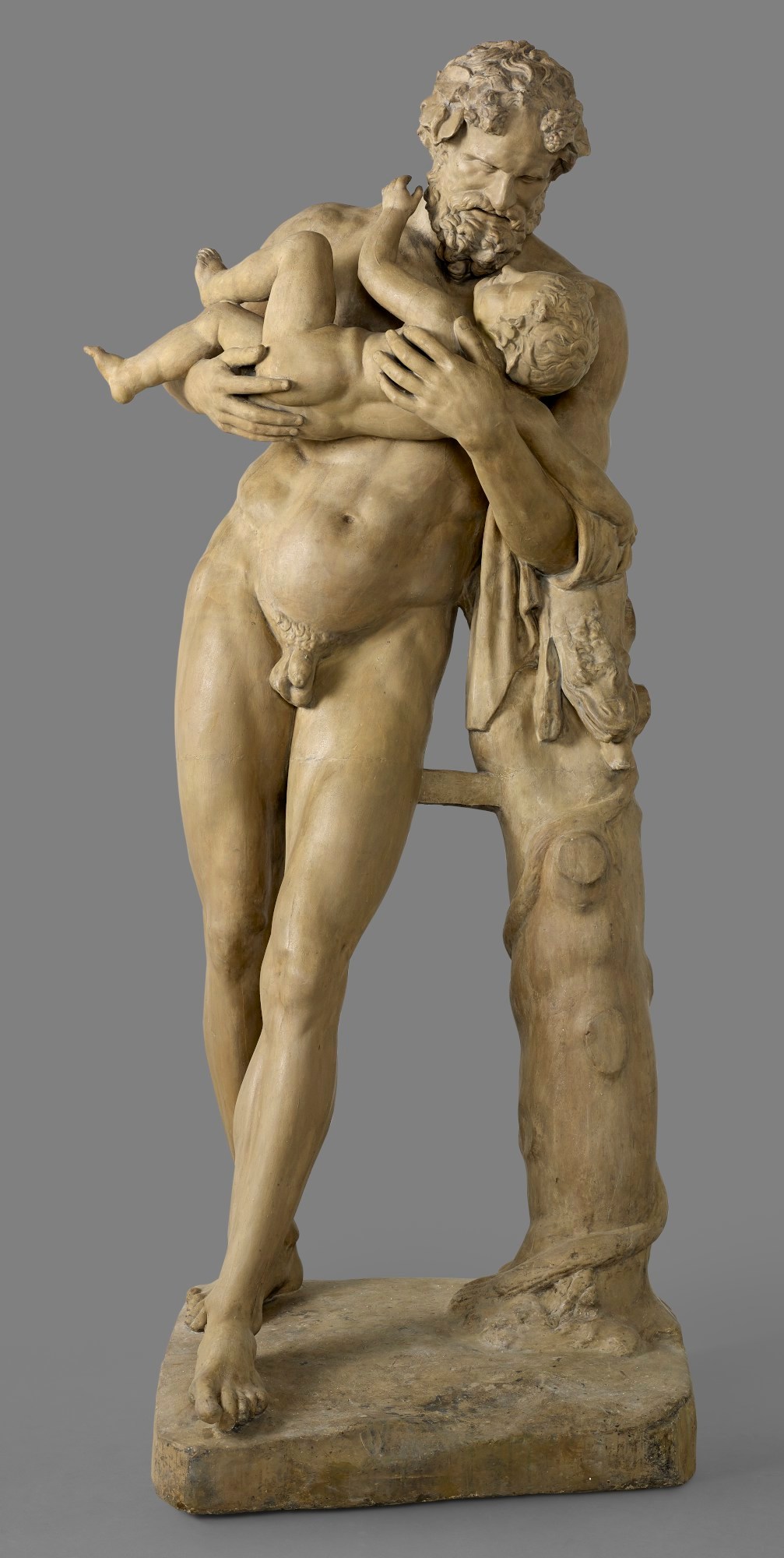
Unidentified Roman sculptor, Cast of Silenus with the Infant Bacchus, c.1800.
Plaster cast. 2007 mm x 907 mm x 870 mm, Weight: 202 kg. © Photo: Royal Academy of Arts, London.
This image is not available to download. To licence this image for commercial purposes, contact our Picture Library at picturelibrary@royalacademy.org.uk
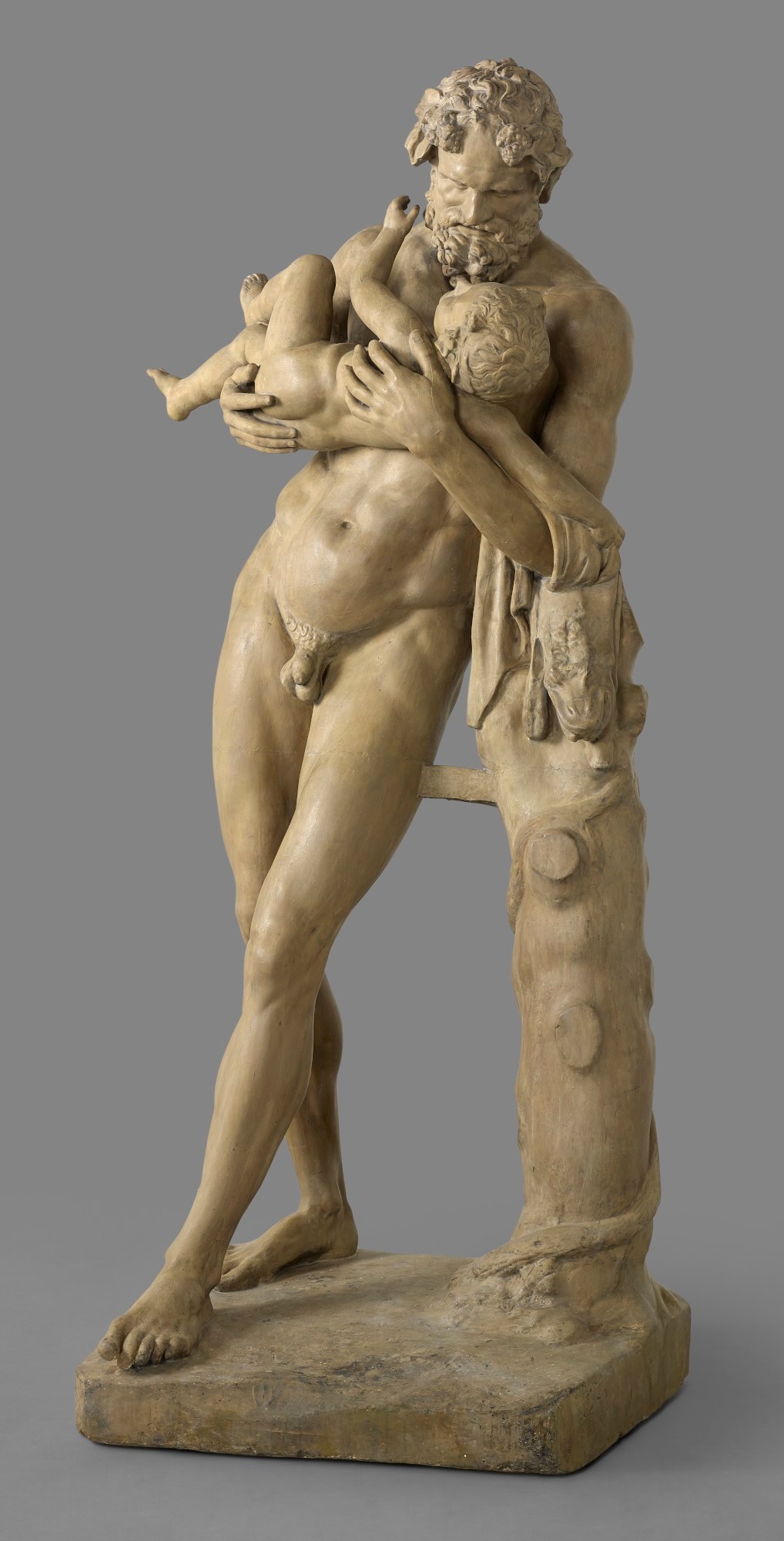
Unidentified Roman sculptor, Cast of Silenus with the Infant Bacchus, c.1800.
Plaster cast. 2007 mm x 907 mm x 870 mm, Weight: 202 kg. © Photo: Royal Academy of Arts, London.
This image is not available to download. To licence this image for commercial purposes, contact our Picture Library at picturelibrary@royalacademy.org.uk
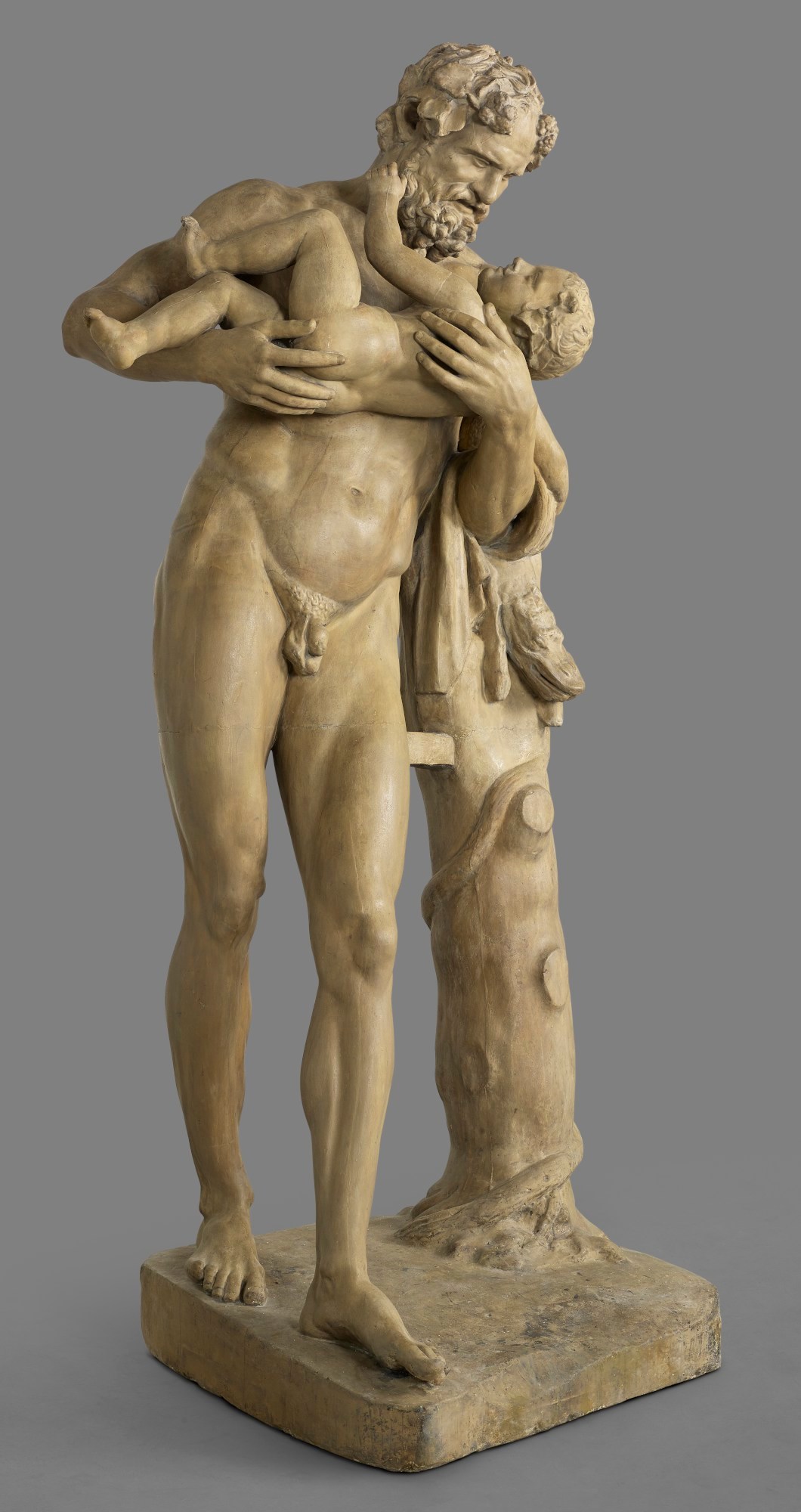
Unidentified Roman sculptor, Cast of Silenus with the Infant Bacchus, c.1800.
Plaster cast. 2007 mm x 907 mm x 870 mm, Weight: 202 kg. © Photo: Royal Academy of Arts, London.
This image is not available to download. To licence this image for commercial purposes, contact our Picture Library at picturelibrary@royalacademy.org.uk
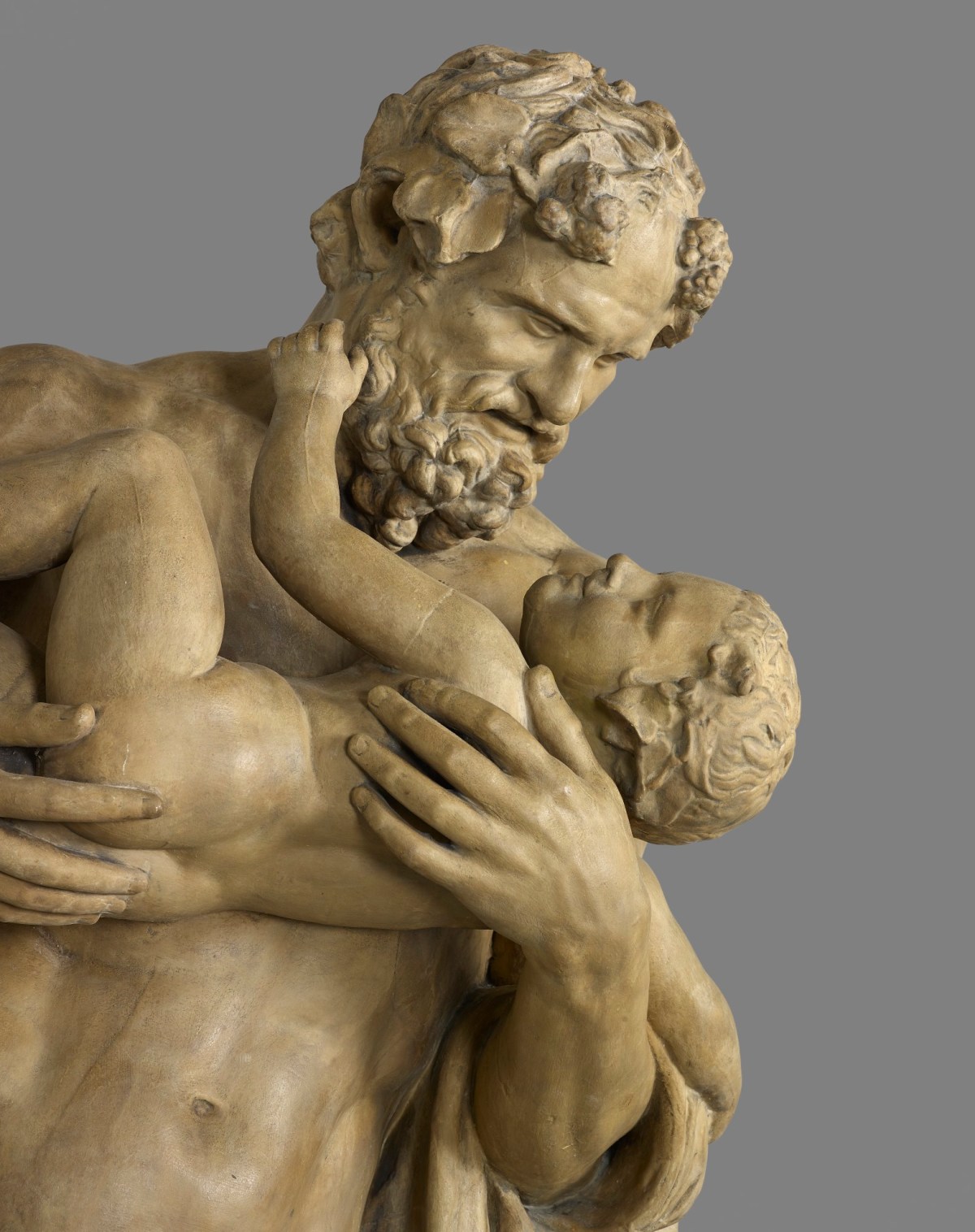
Unidentified Roman sculptor, Cast of Silenus with the Infant Bacchus, c.1800.
Plaster cast. 2007 mm x 907 mm x 870 mm, Weight: 202 kg. © Photo: Royal Academy of Arts, London.
This image is not available to download. To licence this image for commercial purposes, contact our Picture Library at picturelibrary@royalacademy.org.uk
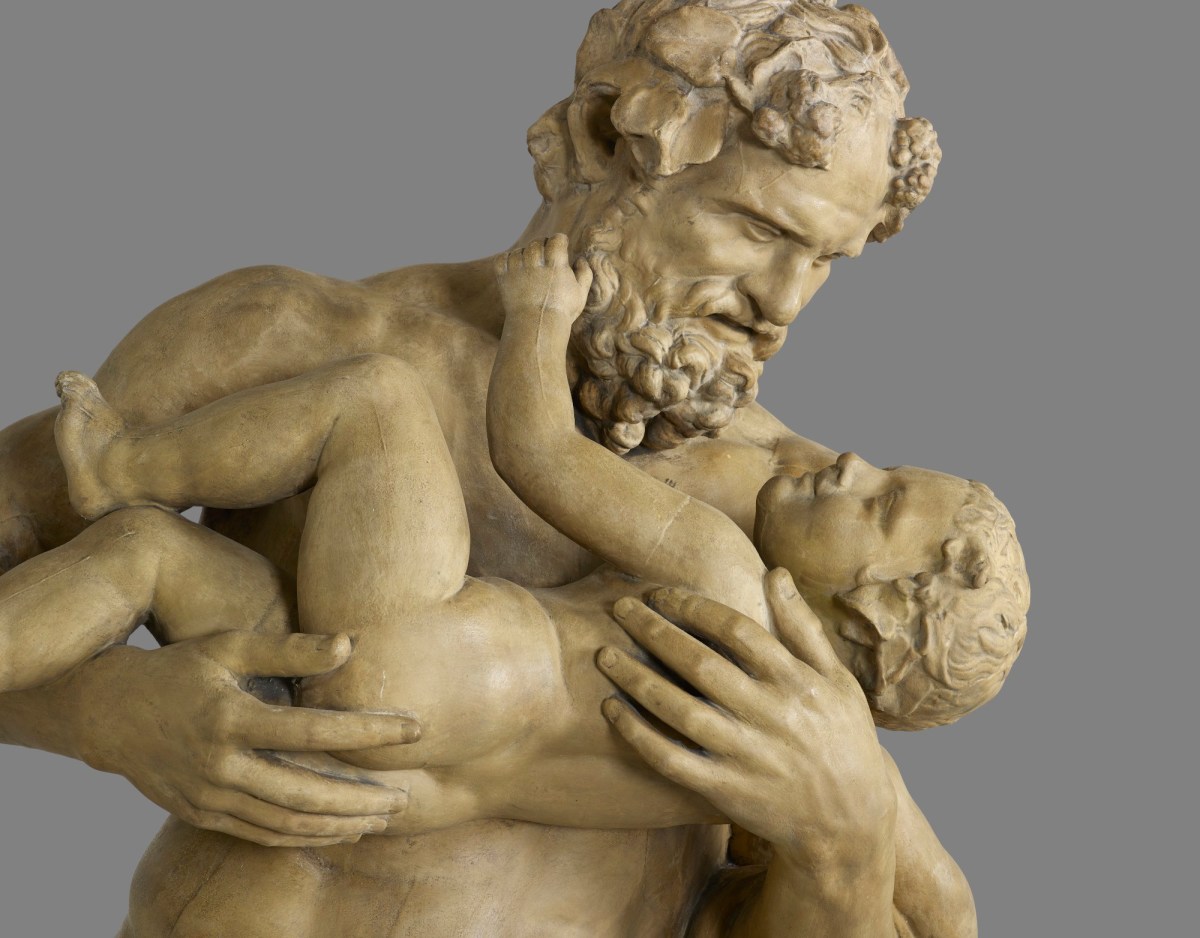
Unidentified Roman sculptor, Cast of Silenus with the Infant Bacchus, c.1800.
Plaster cast. 2007 mm x 907 mm x 870 mm, Weight: 202 kg. © Photo: Royal Academy of Arts, London.
This image is not available to download. To licence this image for commercial purposes, contact our Picture Library at picturelibrary@royalacademy.org.uk
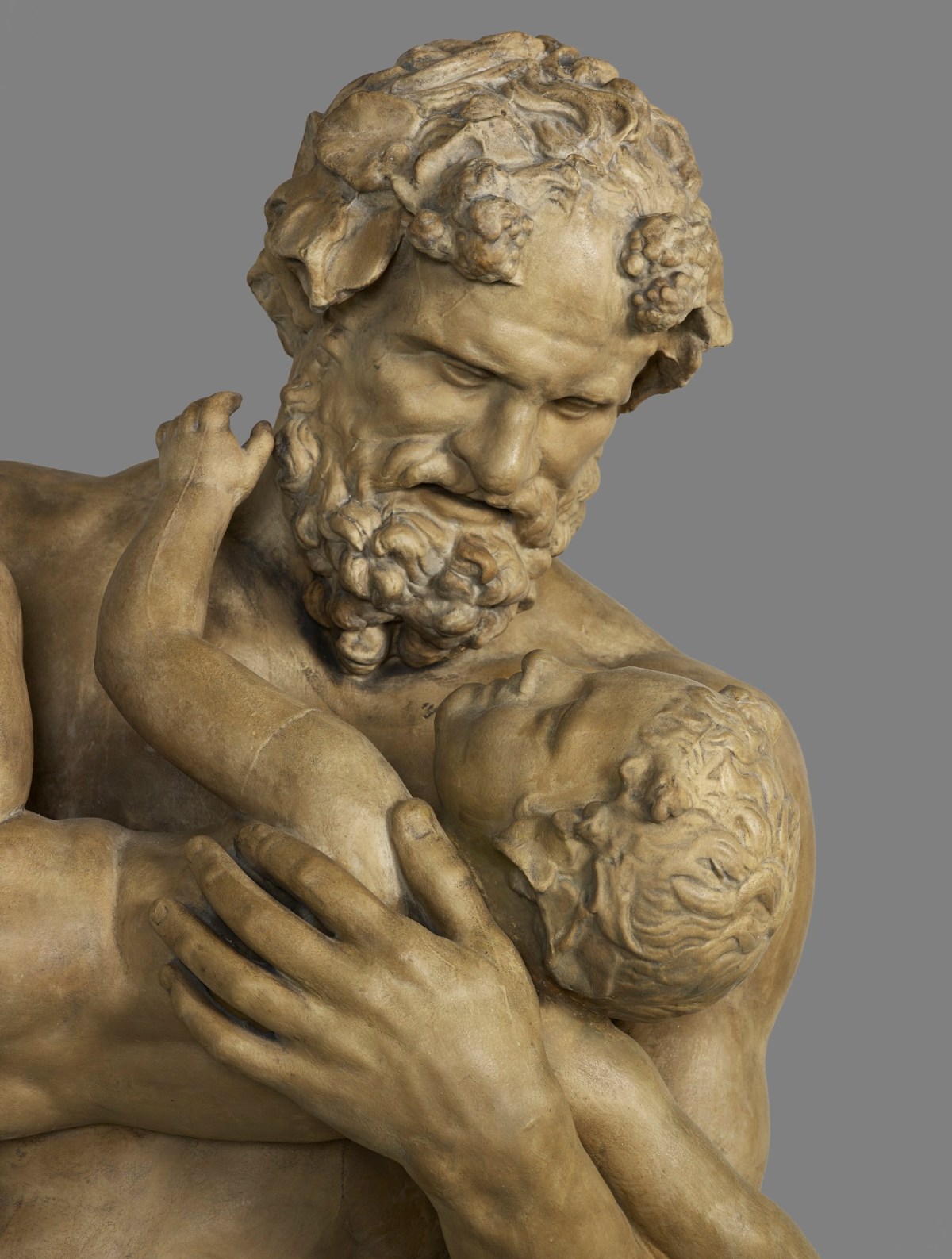
Unidentified Roman sculptor, Cast of Silenus with the Infant Bacchus, c.1800.
Plaster cast. 2007 mm x 907 mm x 870 mm, Weight: 202 kg. © Photo: Royal Academy of Arts, London.
This image is not available to download. To licence this image for commercial purposes, contact our Picture Library at picturelibrary@royalacademy.org.uk

Unidentified Roman sculptor, Cast of Silenus with the Infant Bacchus, c.1800.
Plaster cast. 2007 mm x 907 mm x 870 mm, Weight: 202 kg. © Photo: Royal Academy of Arts, London.
This image is not available to download. To licence this image for commercial purposes, contact our Picture Library at picturelibrary@royalacademy.org.uk
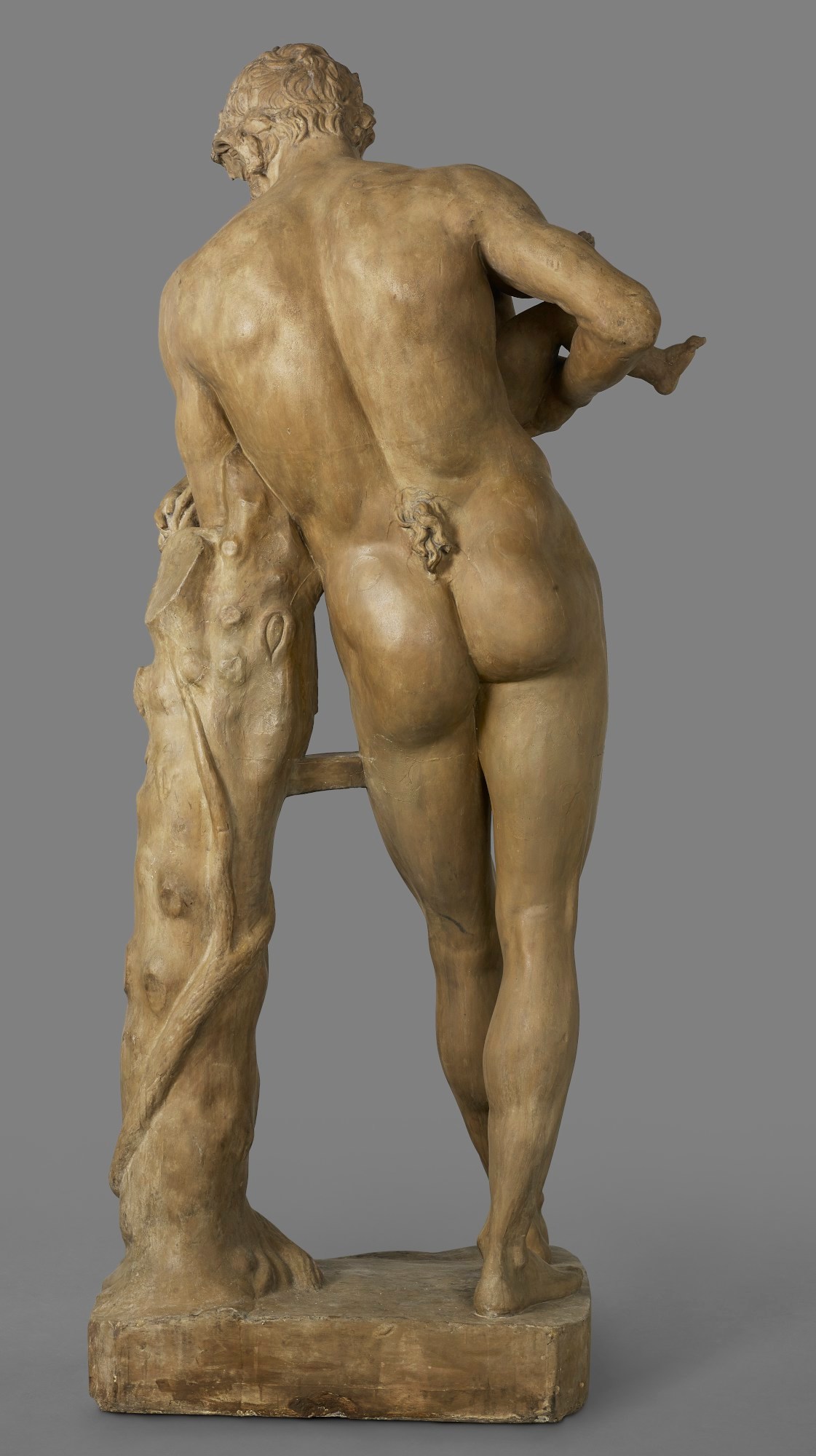
Unidentified Roman sculptor, Cast of Silenus with the Infant Bacchus, c.1800.
Plaster cast. 2007 mm x 907 mm x 870 mm, Weight: 202 kg. © Photo: Royal Academy of Arts, London.
This image is not available to download. To licence this image for commercial purposes, contact our Picture Library at picturelibrary@royalacademy.org.uk
Cast of Silenus with the Infant Bacchus, c.1800
After Unidentified Roman sculptor
RA Collection: Art
This is a plaster cast of the marble sculpture Silenus with the Infant Bacchus in the Louvre, itself believed to be a Roman copy of a bronze original by Lysippos or one of his followers. The statue was discovered by Carlo Muti before 1569 on his grounds near the present Cassino Massimo, and remained in Muti’s collection for many years, although it was in the Borghese collection by 1613. It was in the Villa Borghese by 1638, where it occupied a room named after it by 1650.
In the 17th century the statue was sometimes thought to represent Saturn holding a baby who he is about to devour, but by the late 18th century it was generally described as a Faun (frequently Silenus in particular) holding the infant Bacchus.
The statue was one of the most admired statues in Rome—it was frequently reproduced and sometimes classed alongside the Venus de’ Medici and the Farnese Hercules (both represented in the RA cast collection). A marble copy was made for Philip IV of Spain in 1650 while a marble copy was made for Versailles in 1684. Casts and copies continued to be popular in the 18th and 19th centuries.
The statue was purchased by Napoleon Bonaparte in 1807 along with many of the Borghese antiquities, and was in the Musée Napoléon by 1811. By 1815 the statue had again had a room named after it in its new surroundings.
Further reading
Francis Haskell and Nicholas Penny, Taste and the Antique (London and New Haven: Yale University Press, 1981), p.307
Object details
2007 mm x 907 mm x 870 mm, Weight: 202 kg
Start exploring the RA Collection
- Explore art works, paint-smeared palettes, scribbled letters and more...
- Artists and architects have run the RA for 250 years.
Our Collection is a record of them.



